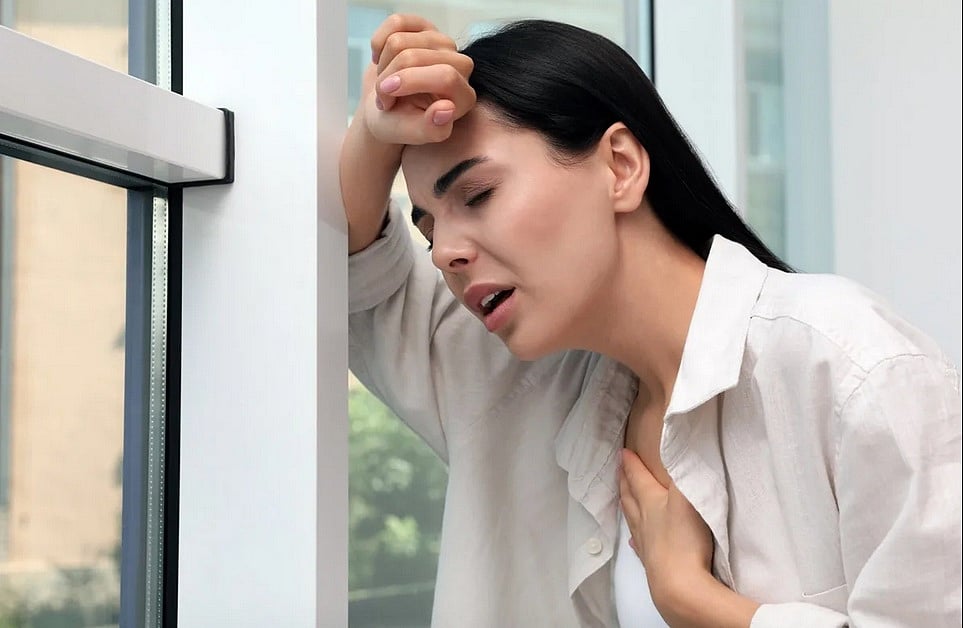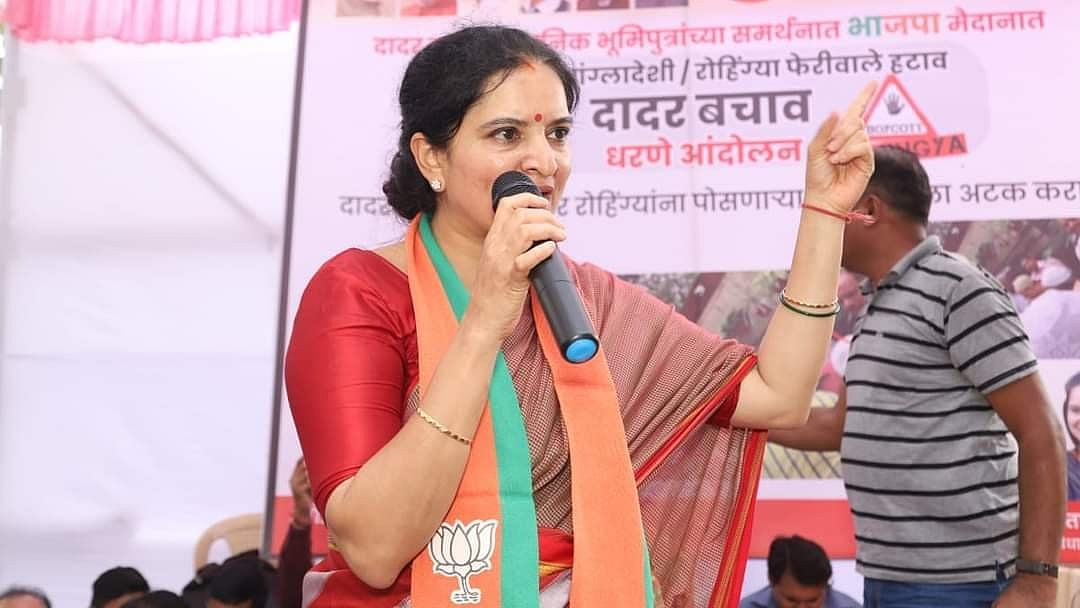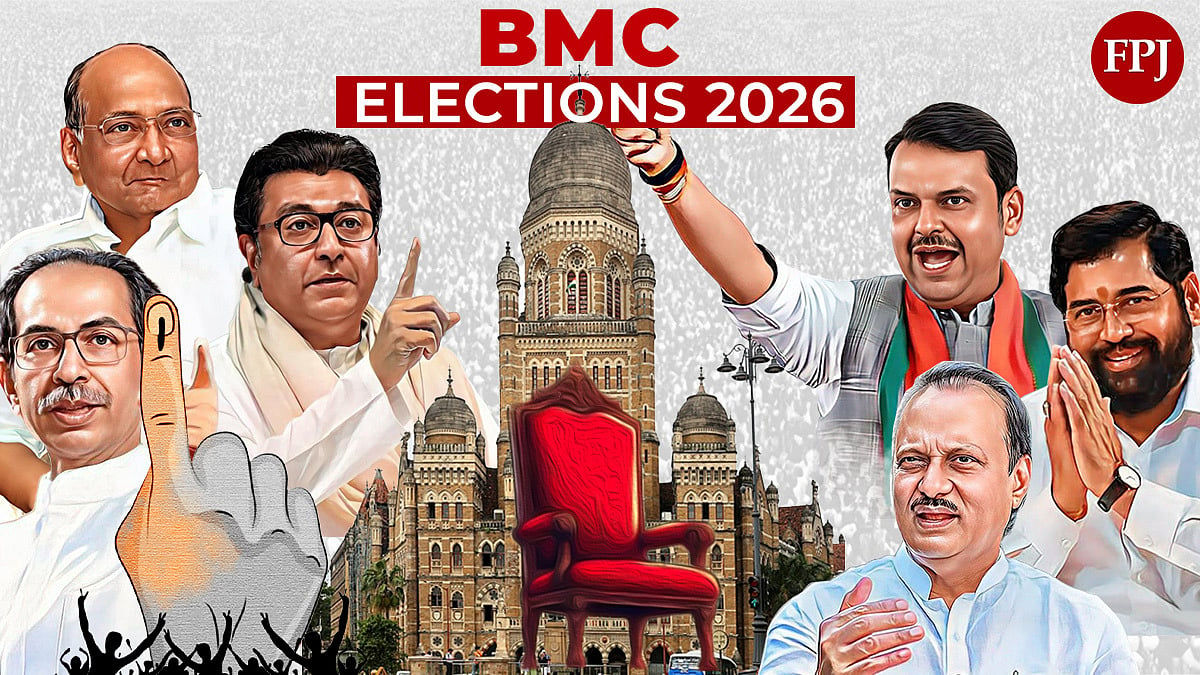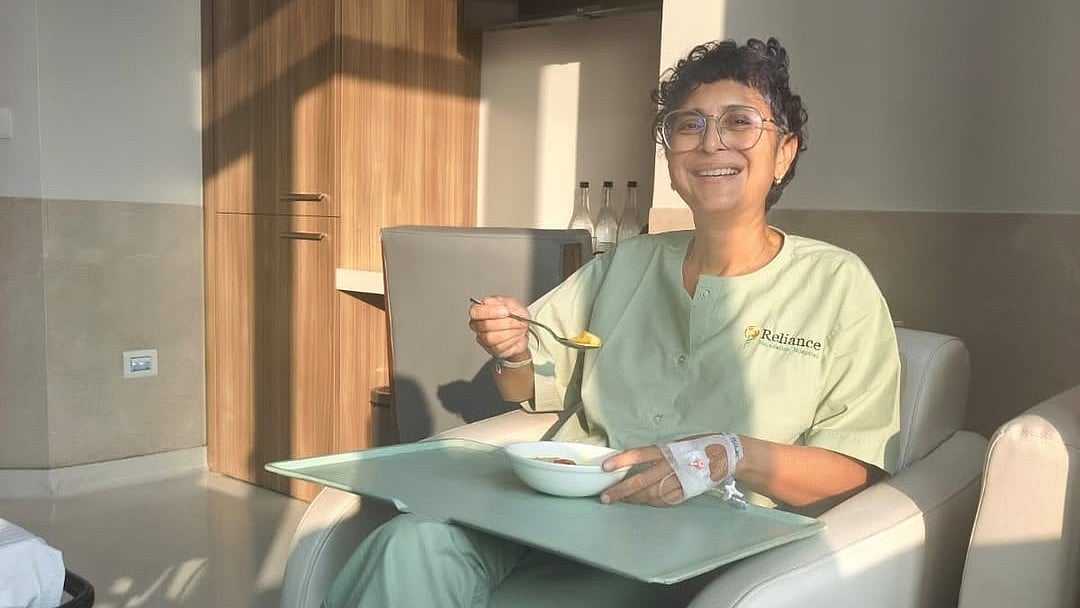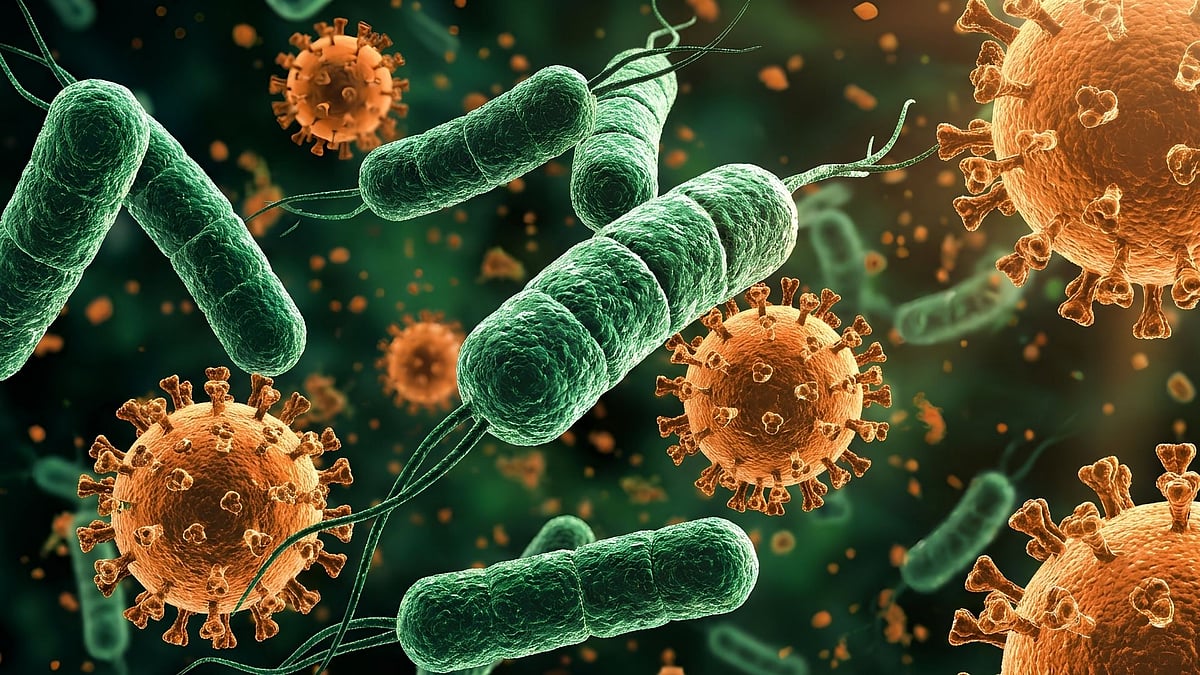Doctors’ Day is celebrated to express appreciation for those who have played a role in keeping us healthy, and helped heal us when we have been unwell. As pulmonologists, a significant proportion of our practice over the past two years has been treating Covid patients. As we move forward, we hope that the sensitisation to invest in one’s respiratory health is not lost with time.
When we use the words “healthcare” or “health” in India, it often alludes to doctors. This is unfortunate, as investments in health should be directed toward preventing illness, rather than focusing solely on treatments. The magnitude of futile testing and over medication during the pandemic stands as an example of how the need to find solutions with drugs often supersedes the need to prevent, or adhere to proven therapies.
Indians have one of the poorest lung functions in the world. The Population Urban Rural Epidemiology (PURE) study, conducted in 17 countries across five continents, found healthy non-smoker individuals from South Asia (India, Pakistan and Bangladesh) to have lung function that was the lowest in the world (31.3% lower than North American, European subjects, adjusted for height, age and sex). Low birth weight, frequent childhood lower respiratory tract infections, indoor/outdoor air pollution, adult respiratory infectious diseases have all been postulated to contribute.
Indians also have one of the highest worldwide prevalence of respiratory diseases. Over half of all patients visiting a healthcare practitioner in the country do so for respiratory symptoms. Despite Chronic Obstructive Pulmonary Disease (COPD) being the second leading cause of death in India, most Indians are unaware of the disease. In 2016, it was estimated that over 55 million Indians had COPD, the highest worldwide burden of patients. The air we breathe plays an important role in causality; tobacco smoke, biomass fuel exposure, outdoor air pollution contribute. India is one of the largest producers and consumers of tobacco in the world, and this undoubtedly contributes.
The Lancet commission on pollution and health recently estimated that pollution caused more than 2.4 million premature deaths in India; nearly 1.6 million due to air pollution. The WHO acceptable standard for air quality corresponds to an AQI less than 50, and a quick online search for most cities in India reveals the dismal quality of air we breathe.
The pandemic wasn’t the first time we faced an infectious airborne disease affecting a significant proportion of Indians. The country bears the burden of nearly a third of patients with TB in the world, and has the highest number of patients with multidrug resistant TB (MDR-TB).
We need to think of air in the same way we think of drinking water, and start looking at sustainable ways to protect its quality. As the population gets older, we could be staring at the largest COPD epidemic in history. Diagnosing the disease in the early stages could improve quality of life of patients and prevent overburdening of the healthcare system. We need to improve support services to those who wish to quit tobacco, and offer alternate livelihoods to those in the tobacco industry. Ujwal Bharat Yojana, aiming to replace solid biomass fuels with LPG, is a step in the right direction, protecting both, the environment, and lungs of those exposed. India has an ambitious plan to eradicate TB by 2025, but a the strategy relies predominantly on detection and treatment. The extrapolation of preventive principles learnt during Covid could go a long way to help control TB. Preventing overcrowding, improving indoor ventilation, masking in closed crowded spaces, and aggressively pursuing respiratory symptoms are all strategies proven to work for TB.
Prevention is what has worked best for COVID. Let us now extrapolate those principles to respiratory health in general. On Doctor’s day, let us invest in reducing our need for doctors.
(Dr Lancelot Pinto is Consultant Pulmonologist and Epidemiologist, P D Hinduja Hospital)
